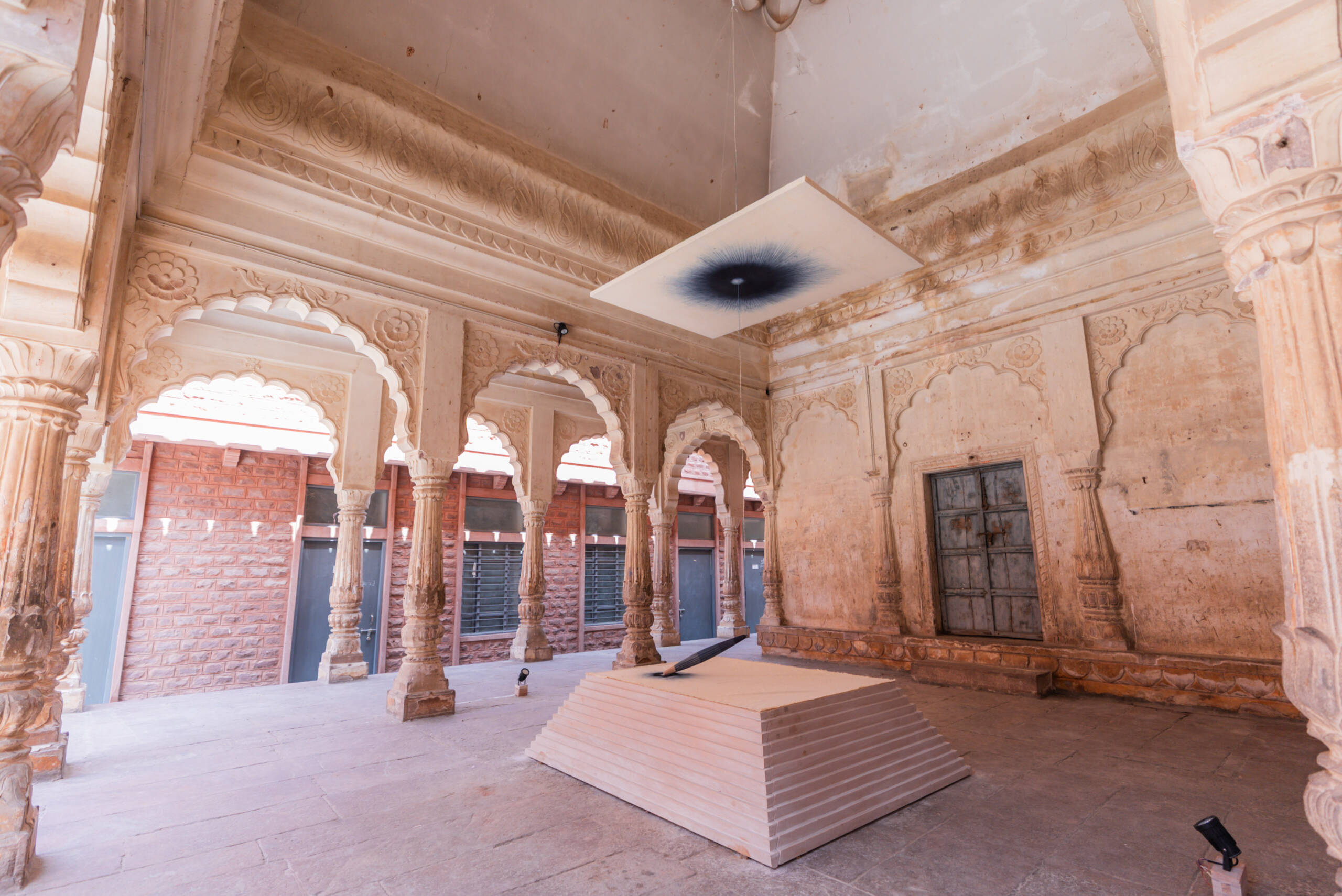
A display by Bengaluru-based artist Kaimurai at the Rajmahal School, which has an ancient temple onsite
The first ever Jodhpur Arts Week, running October 1st until the 7th, launches under the theme Hath Ro Hunar (or, ‘skill of the hand’). Curated by Tapiwa Matsinde and Sakhshi Mahajan, the week of exhibitions, installations, and panel discussions aims to foreground the city’s living crafts heritage amongst Jodhpur’s landmarks and public spaces – while also challenging the artistic hierarchies we see in the art market today
Invited artists such as Chila Kumari Burman, Gaspard Combes, Aku Zeliang, and the Raqs Media Collective, have worked alongside Jodhpur’s craftspeople using metalwork, weaving, embroidery, stone carving, and more, to create works that will be displayed across Jodhpur’s major sites. Rather than positioning contemporary artists above local makers, the festival frames artisans as co-authors, giving them visible credit in the creative process. This is a true collaboration: between artists, makers, and the city.
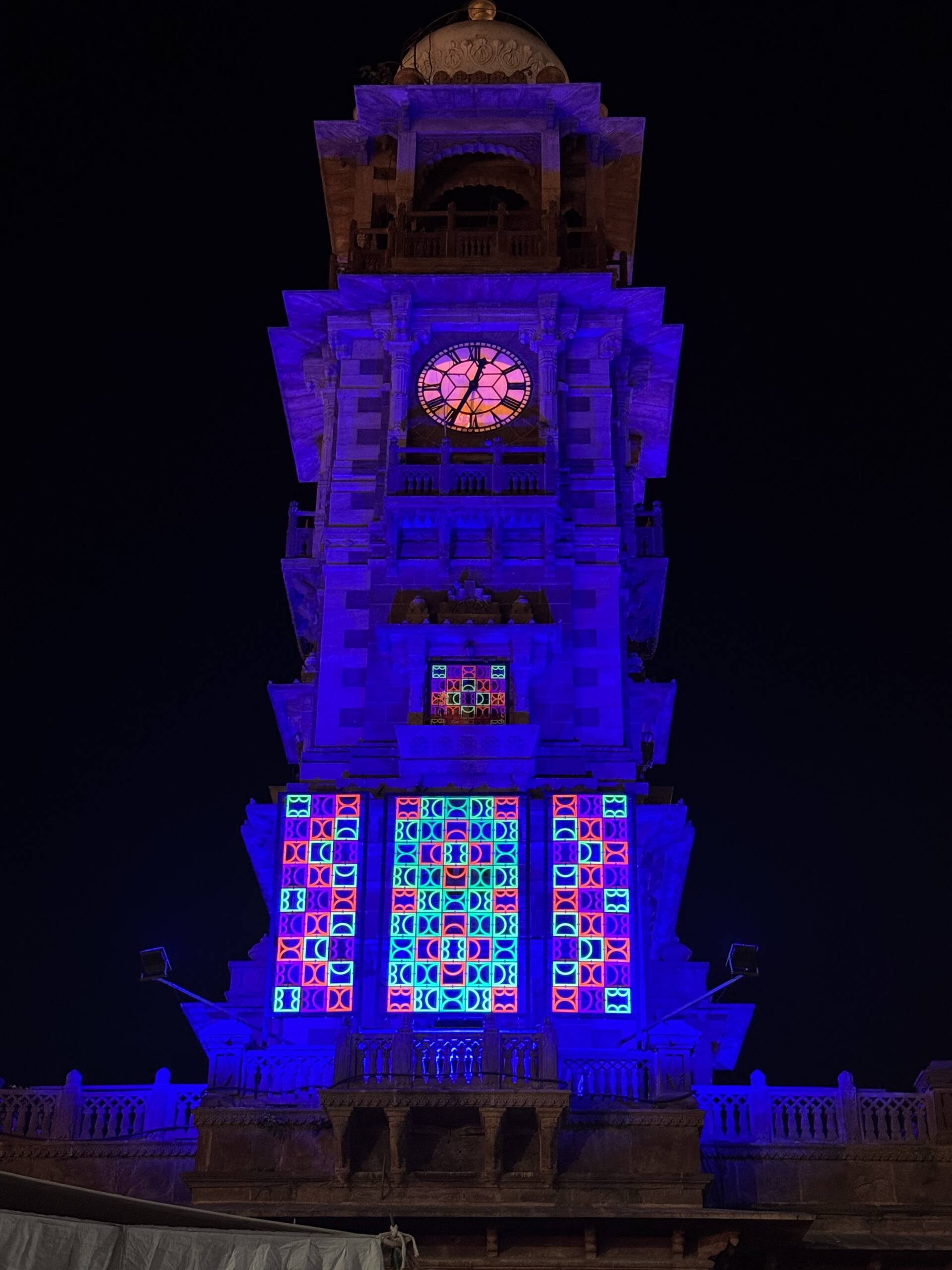
The work of Aphra Shemza displayed at Ghanta Ghar, the ancient clock tower at Jodhpur
The week features installations, exhibitions, workshops, panel discussions, and participatory projects scattered across Jodhpur’s heritage sites and public spaces. Public programmes include artist walk-throughs, community craft and food walks, and craft workshops such as weaving recycled fabrics, drypoint printmaking, ittar (traditional perfume) making, and musical instrument adaptation.
Follow LUX on Instagram: @luxthemagazine
The inaugural week saw a whirlwind of international art patrons, collectors and curators arriving, many of them flying in from Europe, West Asia and East Asia. Uber-curator and collector Amin Jaffer joined the attendees, as did LUX Editor-in-Chief Darius Sanai, who attended in his capacity as Chair of the Advisors to The Public Arts Trust of India, which is chaired by Sana Rezwan, the driving force behind the Arts Week.
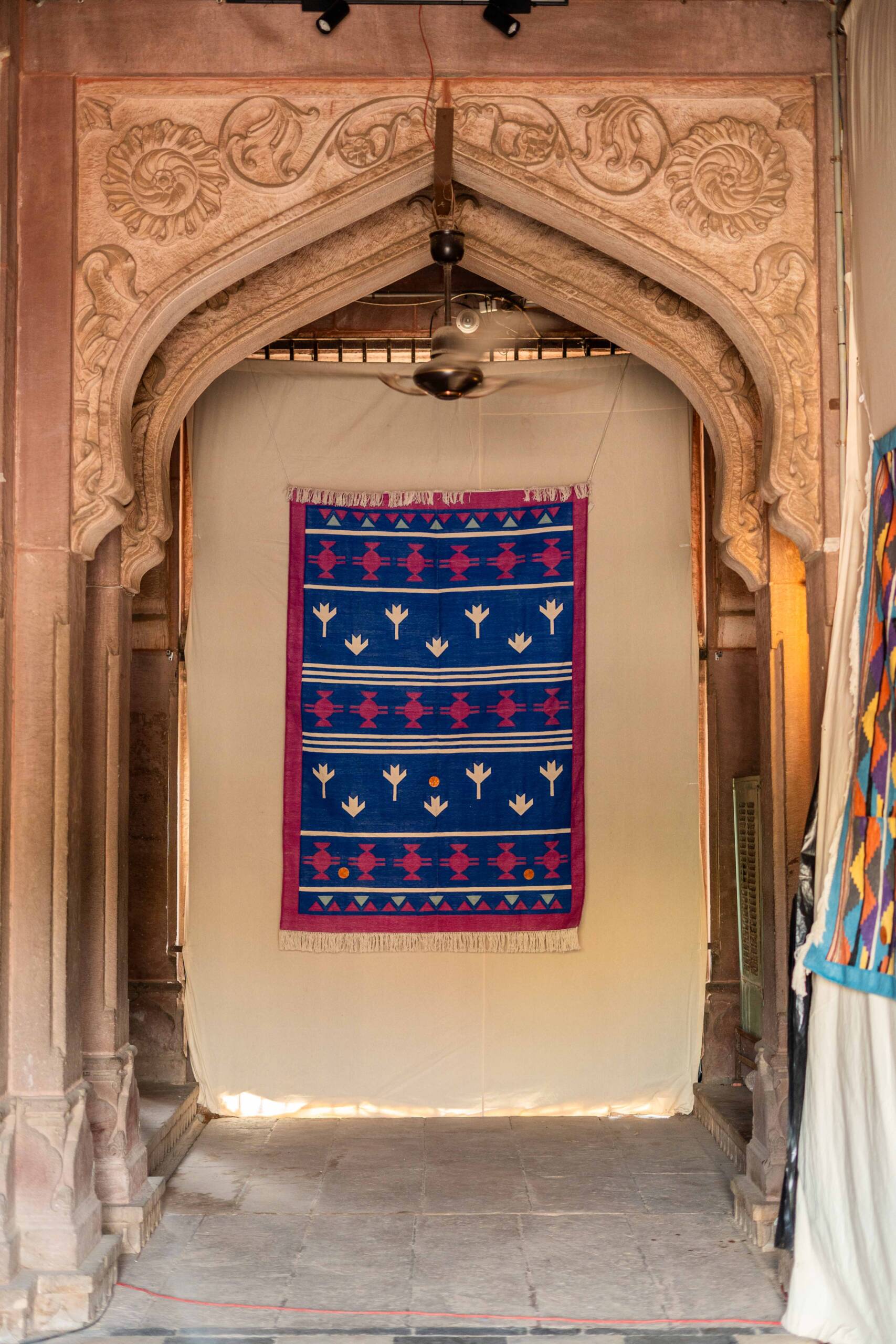
A textile display by Dhaqan Collective inside the Ghantar Ghar clocktower
Curators Tapiwa Matsinde and Sakhshi Mahajan have emphasised that Hath Ro Hunar is not just about making objects, but also about recognition, equity, and sustainability. They see the festival as a testing ground for new modes of cultural programming – one in which craft is not left on the sidelines – and which value process, local knowledge, and shared authorship.
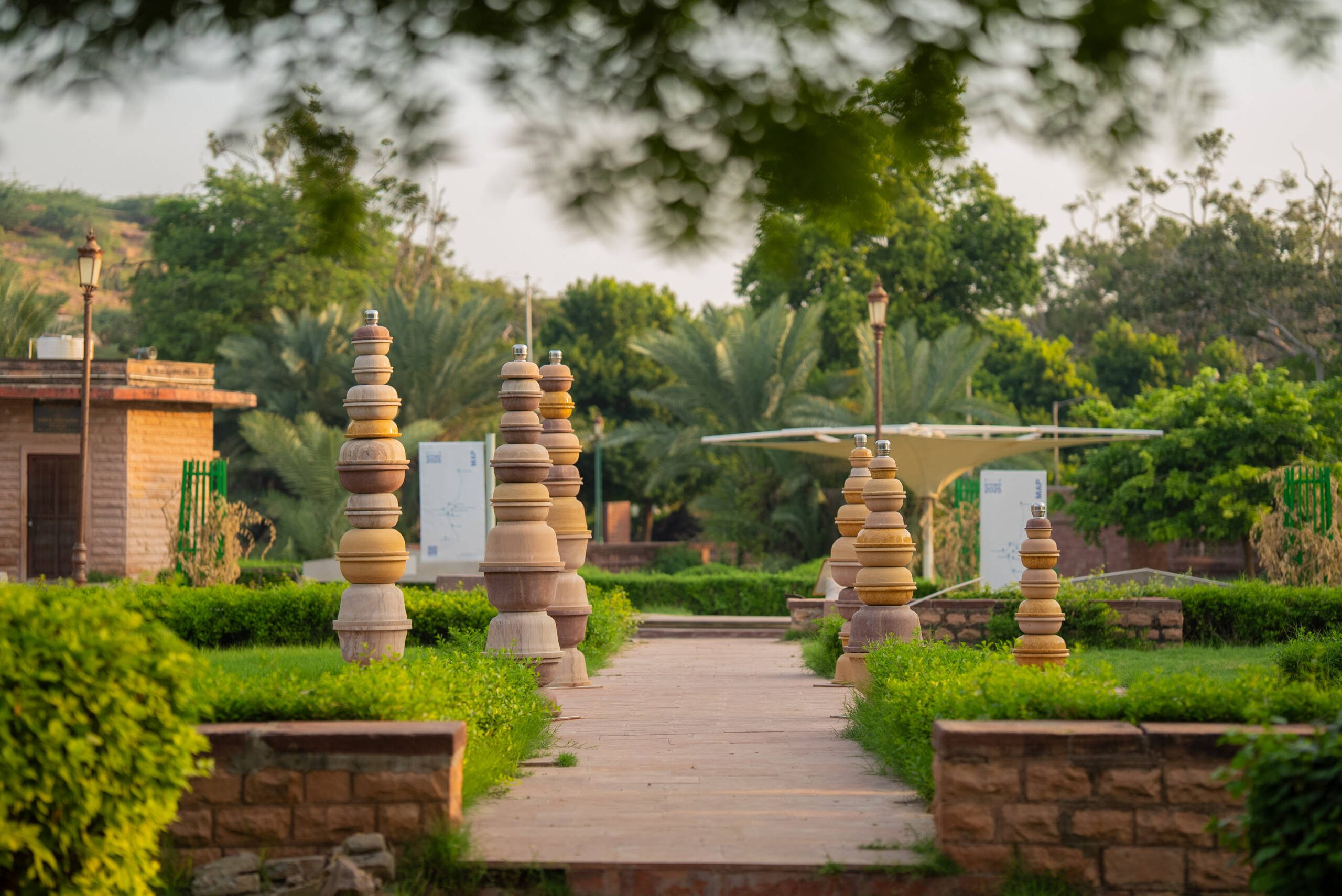
The work of Gaspard Combes at Mandore Garden, near the birthplace of Mandodari (Ravana’s wife in the classic epic of the Ramayana)
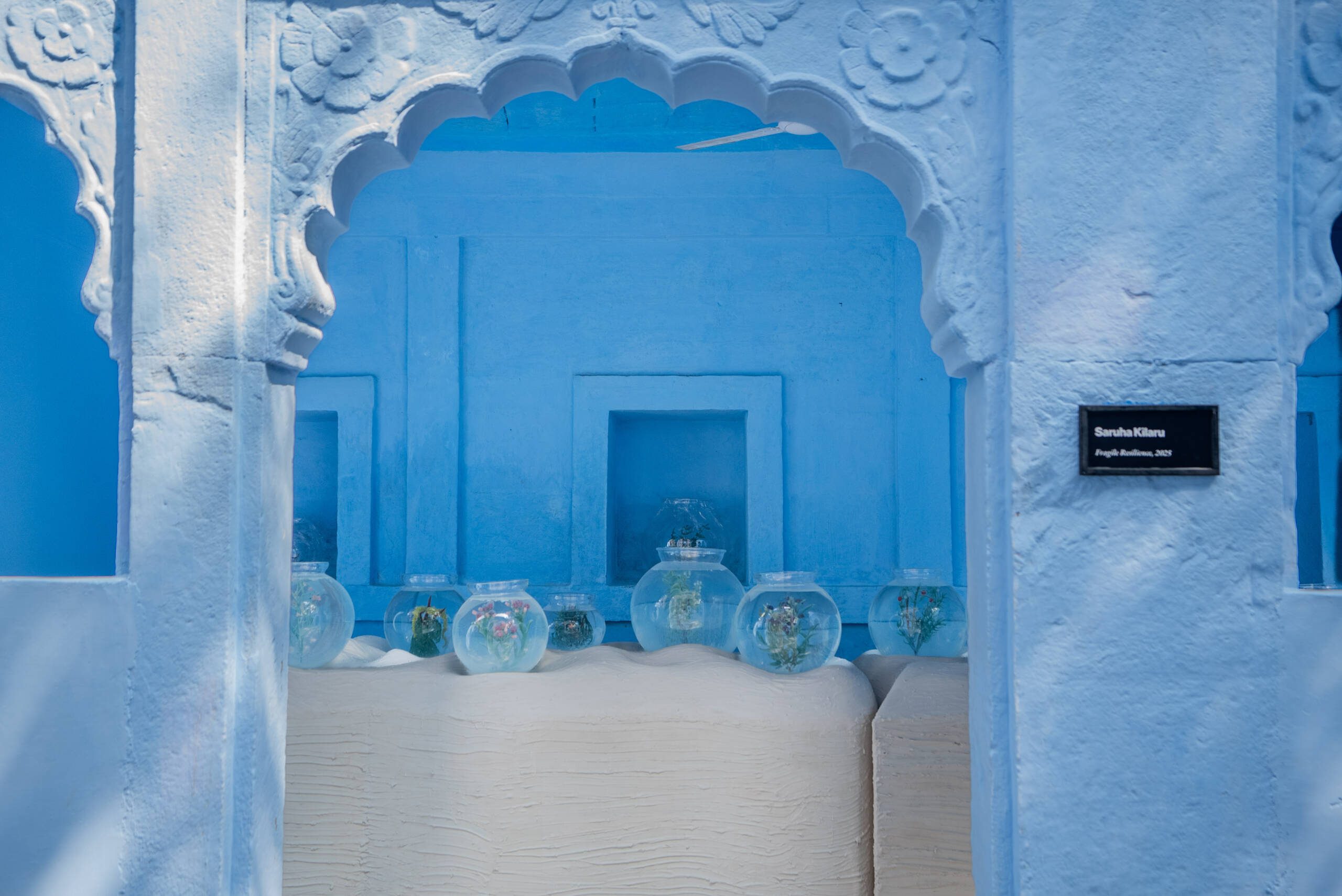
Saruha Kilaru, an up-and-coming artist and recent graduate from MA Print at Royal College of Art, exhibiting at Shree Sumer School
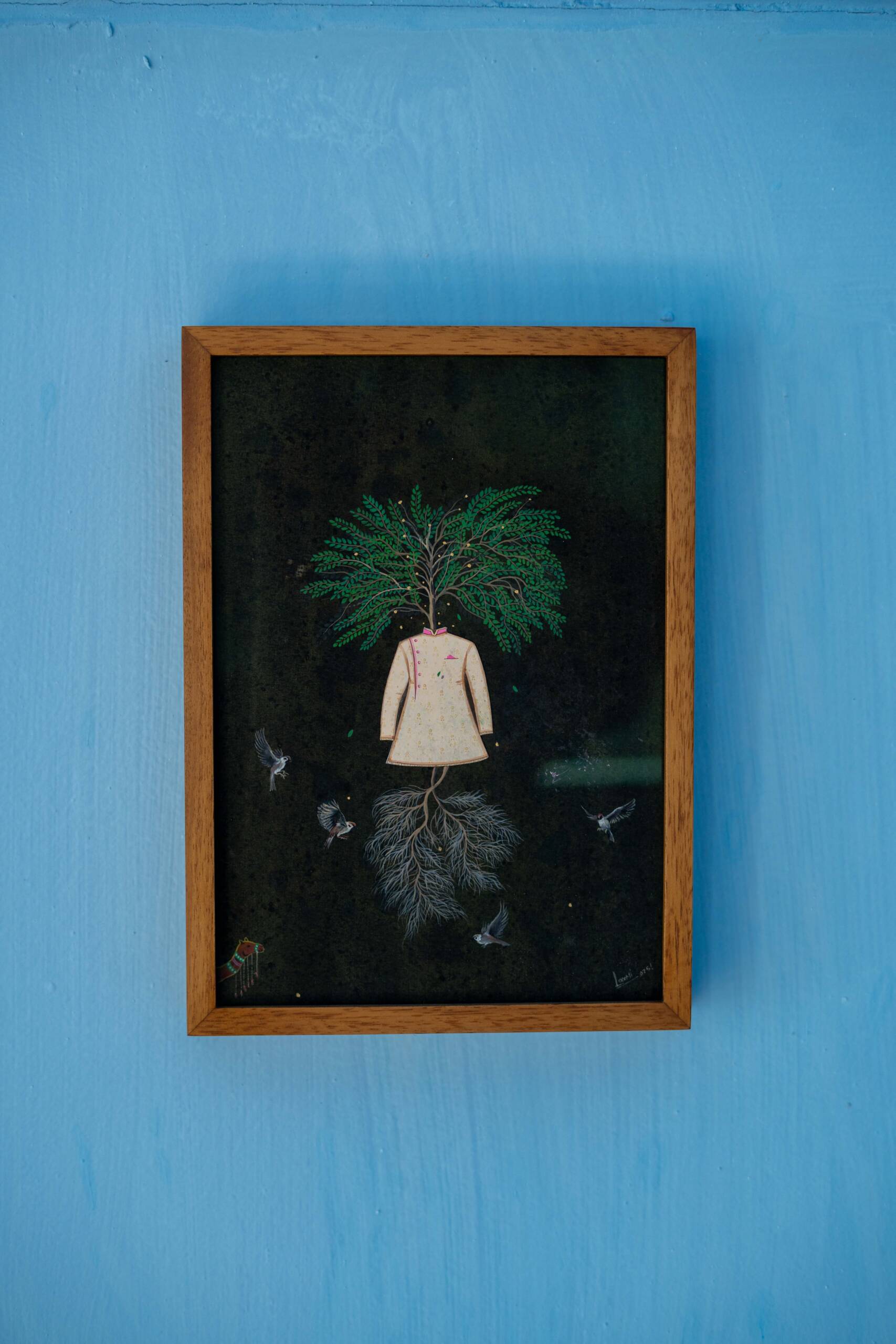
Artist Laxmipriya Panigrahi, represented by Anant Art Gallery, exhibiting at the Shree Sumer School



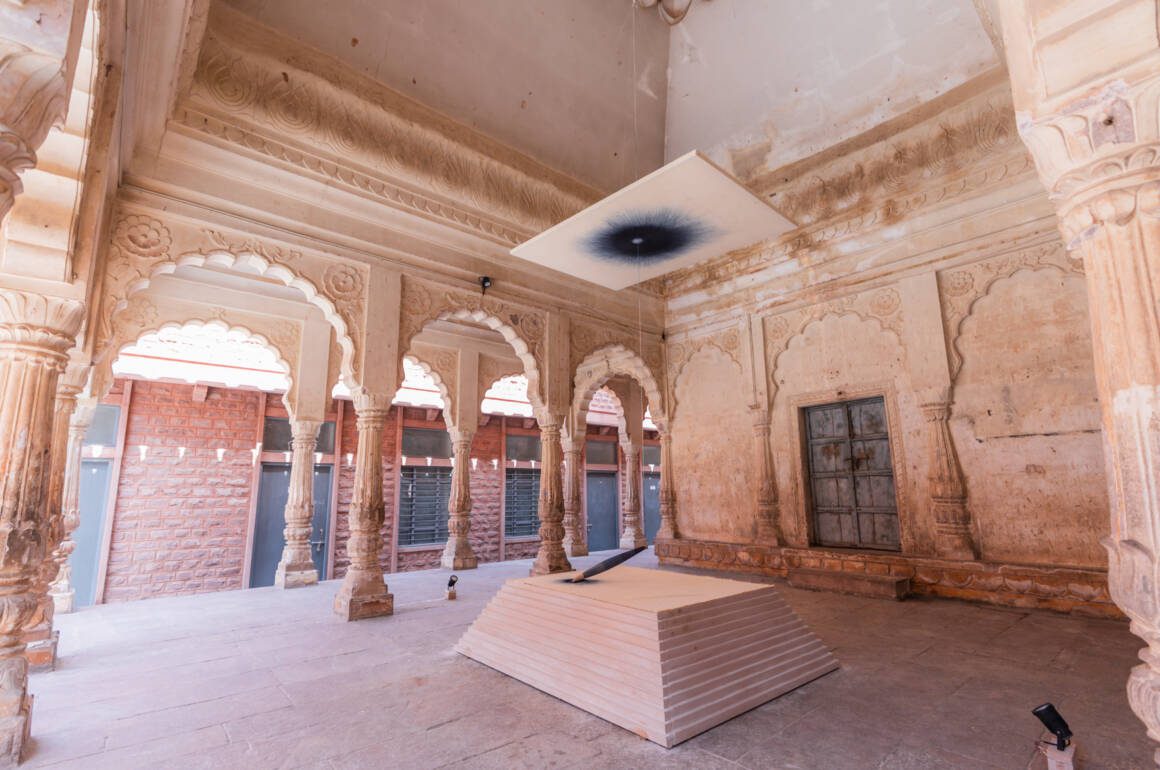





Recent Comments